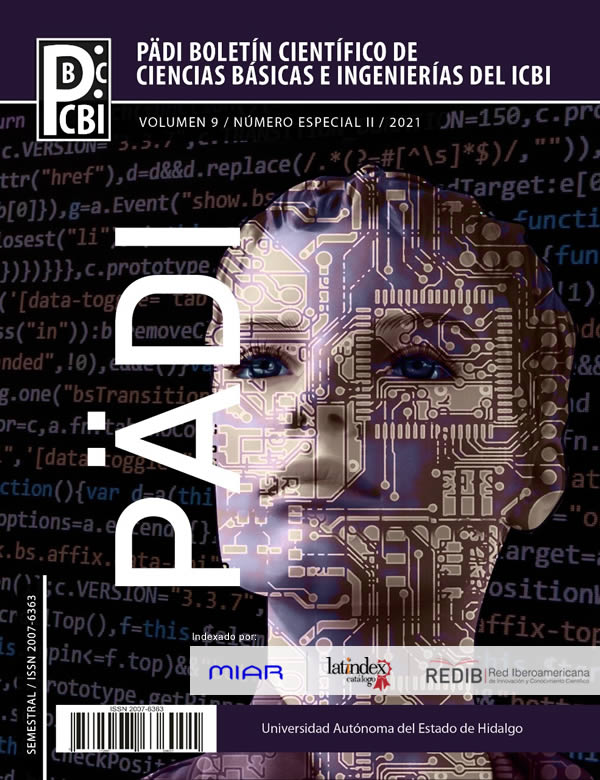Synthesis of methylated carmine acid: Theoretical study by DFT and study of its optical properties for its potential application in optoelectronic devices.
Abstract
The discovery of the photoelectric effect has motivated scientists to develop new theories in semiconductor materials studies with specific optical properties for applications in perovskite-based solar devices. Organic colorants are considered an area of interest as natural materials that have good light absorption properties, thermal stability and fluorescence properties. The methylated carminic acid molecule (ACF) represents a viable alternative for the layer of carriers or holes in a perovskite solar base device. Special interest has been placed in the study of the properties of a compound derived from the carminic acid (CA) molecule, which was achieved through a methylation of AC obtained from Dactylopius coccus. The compound was chemically characterized by FT-IR spectroscopy, optical properties were studied through UV-vis and fluorescence in solution and film. In order to obtain the values of the border orbitals in ACF (HOMO, LUMO) the oxidation and reduction potentials at the beginning are obtained, this is defined as the potential at which the injection of holes or electrons to the orbital HOMO and LUMO begins. The results show an increase in absorption and emission properties compared to AC. The theoretical, experimental bandgap calculation of 3.1 Ev and 3.0 Ev respectively shows a decrease for ACF and is within the range reported for organic semiconductors. Theoretical studies using DFT indicate that the material has a high potential to be used in the manufacture of optoelectronic devices.













